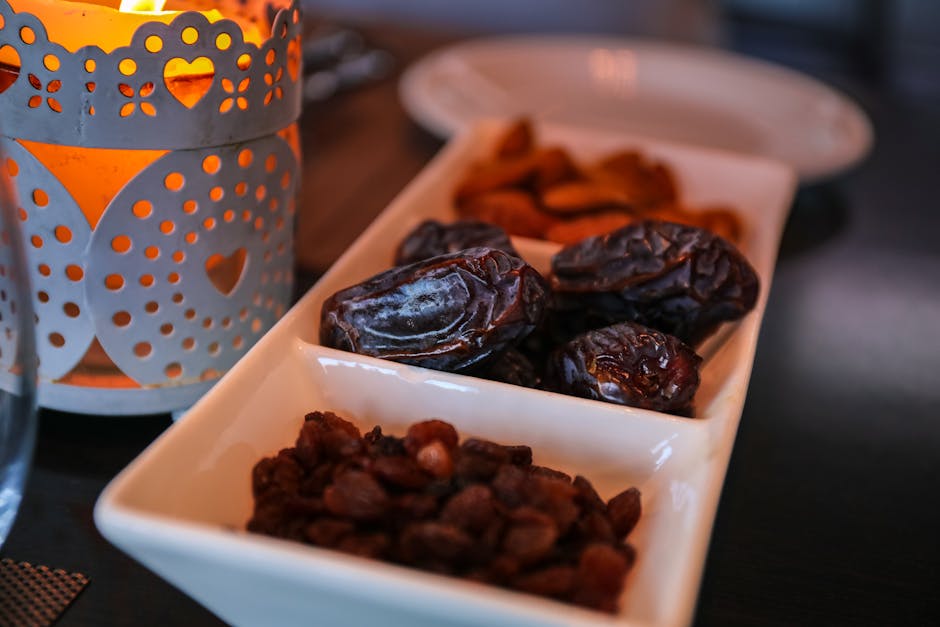Dreaming of a Balinese getaway but unsure when to book your tickets? The best time to visit Bali hinges on your priorities. Generally, the dry season (April to September) offers the most sunshine and the least rain, making it ideal for exploring the island’s stunning beaches, lush rice paddies, and vibrant culture. However, this also means higher prices and larger crowds. Choosing the right time depends on balancing weather preferences, budget considerations, and tolerance for tourist activity. So, when *is* the perfect time for *your* Bali adventure?
Understanding Bali’s Climate and Seasons
Bali experiences two main seasons: dry and wet. The dry season, typically running from April to September, boasts sunny skies, lower humidity, and comfortable temperatures averaging around 27°C (81°F). This is peak tourist season, offering optimal conditions for outdoor activities like surfing, hiking, and sunbathing. In contrast, the wet season, from October to March, brings increased rainfall, higher humidity, and slightly warmer temperatures. While it doesn’t rain constantly, you can expect daily showers, especially in the afternoon. Don’t let that deter you completely though; the wet season offers its own charm with fewer crowds, lush landscapes, and lower prices.
Breaking Down the Best Months to Visit Bali
Let’s delve into a month-by-month guide to help you pinpoint the ideal time for your trip:
- April & May: The shoulder season. Humidity begins to drop and rainfall is lessening, but the crowds haven’t yet reached their peak. Excellent value for money.
- June, July & August: The height of the dry season. Expect near-perfect weather, but also the highest prices and the biggest crowds, particularly in popular areas like Seminyak and Canggu. Surfing conditions are usually fantastic.
- September: Still dry, but with fewer tourists than the peak months. A great balance of good weather and manageable crowds.
- October: The transition month. Rainfall starts to increase, but you can still enjoy plenty of sunshine. Prices are lower than the dry season.
- November to March: The wet season. Be prepared for daily showers, but also lower prices and a more relaxed atmosphere. Some businesses may have reduced hours.
Considering Your Travel Priorities
The absolute “best” time to visit Bali is subjective and depends entirely on what you’re looking for in your vacation:
- For Surfers: The dry season (June-August) generally offers the most consistent swells, particularly on the west coast.
- For Budget Travelers: The shoulder seasons (April-May and September-October) or the wet season (November-March) provide the best deals on accommodation and flights.
- For Culture Seekers: Bali’s cultural calendar is vibrant year-round. Consider visiting during festivals like Nyepi (Balinese New Year) in March or April, or the Bali Arts Festival in June/July.
- For Avoiding Crowds: The wet season (November-March) or the shoulder seasons (April-May and September-October) are your best bet.
- For Nature Lovers: The wet season brings Bali’s landscapes to life, with vibrant green rice paddies and lush forests.
The Impact of Major Events and Holidays
Certain events and holidays can significantly impact prices and availability in Bali. For example, Easter, Christmas, and New Year’s are peak travel periods, so book well in advance if you plan to visit during these times. Indonesian public holidays, such as Independence Day (August 17th), can also result in increased domestic travel and higher prices. Being aware of these events will help you plan accordingly and avoid unnecessary expenses.
Finding the Best Deals on Flights and Accommodation
Securing the best deals on flights and accommodation is crucial for a budget-friendly Bali trip. Consider booking flights and accommodation several months in advance, especially if traveling during peak season. Use flight comparison websites and look for deals on budget airlines. For accommodation, explore options beyond traditional hotels, such as guesthouses, villas, and Airbnb rentals. Traveling during the shoulder or wet season can also lead to significant savings. Also, monitor flash sales offered by major resorts and travel agencies.
Real-World Applications and Benefits
Choosing the right time to visit Bali directly impacts your travel experience. For example:
- Surfing Trip: Visiting in July ensures consistent waves and sunny weather for optimal surfing.
- Budget Backpacking Trip: Traveling in November allows you to experience Bali on a shoestring budget, exploring less crowded attractions.
- Family Vacation: Planning a trip in April offers a balance of pleasant weather, manageable crowds, and relatively affordable prices, making it ideal for families.
- Cultural Immersion: Attending Nyepi in March or April provides a unique and immersive cultural experience, witnessing the Balinese Day of Silence.
Common Challenges and Solutions
Planning a trip to Bali, especially during peak season, comes with its own set of challenges:
- Challenge: Overcrowding at popular tourist spots. Solution: Visit these spots early in the morning or late in the afternoon to avoid the crowds. Consider exploring less-known attractions.
- Challenge: Higher prices for flights and accommodation during peak season. Solution: Book well in advance, travel during the shoulder or wet season, and explore alternative accommodation options like guesthouses and Airbnb rentals.
- Challenge: Unexpected rainfall during the wet season. Solution: Pack accordingly with rain gear, and plan indoor activities for rainy days, such as visiting museums, taking cooking classes, or enjoying spa treatments.
- Challenge: Difficulty booking popular tours and activities. Solution: Book tours and activities in advance, especially during peak season.

Frequently Asked Questions (FAQ)
Here are some common questions about the best time to visit Bali:
Question 1: What is the cheapest month to go to Bali?
The cheapest months to visit Bali are typically during the wet season, from November to March. You’ll find lower prices on flights and accommodation, but be prepared for daily rainfall.
Question 2: What is the best month for good weather in Bali?
The best months for good weather are June, July, and August. These months offer sunshine, low humidity, and little rainfall, making it ideal for outdoor activities.
Question 3: Is Bali crowded in December?
Yes, Bali is very crowded in December due to the Christmas and New Year’s holidays. Expect higher prices and larger crowds at popular attractions.
Question 4: What should I pack for a trip to Bali?
What to pack depends on when you visit. For the dry season, pack light clothing, swimwear, sunscreen, and a hat. For the wet season, pack rain gear, waterproof bags, and mosquito repellent. Regardless of the season, comfortable walking shoes are essential.
Question 5: Is it safe to travel to Bali during the rainy season?
Yes, it is generally safe to travel to Bali during the rainy season. While there may be occasional heavy rainfall and flooding, these are usually short-lived. Just be sure to check the weather forecast and take necessary precautions.
Key Takeaways and Future Outlook
Choosing the best time to visit Bali involves balancing your priorities, considering weather patterns, budget constraints, and tolerance for crowds. The dry season (April-September) offers optimal weather but comes with higher costs and more tourists. The wet season (October-March) provides budget-friendly options and a more relaxed atmosphere, despite the rain. The shoulder seasons (April-May and September-October) offer a good compromise. As Bali continues to evolve as a top tourist destination, future travel trends may focus on sustainable tourism practices, personalized experiences, and exploration of less-known regions. When planning your trip, consider the following recommendations:
- Plan Ahead: Book flights and accommodation well in advance, especially during peak season.
- Consider the Shoulder Seasons: April-May and September-October offer a great balance of good weather and fewer crowds.
- Be Prepared for the Wet Season: Pack rain gear and plan indoor activities if traveling during the rainy months.
- Explore Beyond the Popular Spots: Discover hidden gems and less-crowded attractions to enhance your experience.
- Respect Balinese Culture: Learn about local customs and traditions to ensure a respectful and enriching travel experience.
